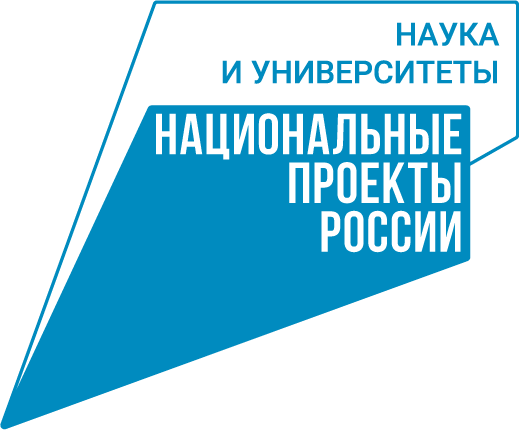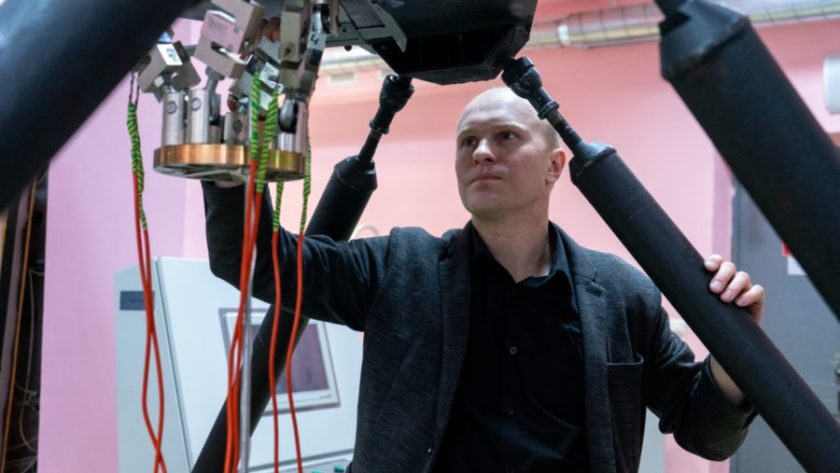The staff members of the Research Laboratory for Physical Chemistry and Gas Dynamics of Propulsion Systems for Reusable Launch Vehicles are taking part in a project to create a demonstrator of propulsion system using hydrogen-oxygen fuel components. All laboratory staff members are young scientists and engineers who were able to achieve significant results over the year.
The Youth Laboratory opened in September 2021 at SUSU as part of the “Science and Universities” national project. It studies physical-chemical, gas-dynamic processes and the stress-strain state of materials in demonstrators of central-body propulsion systems for the project carried out by the Academician V.P. Makeyev State Rocket Center at the UIREC to create a fully reusable, single-stage launch vehicle.
“Our laboratory, with 21 employees, is equipped with high-tech workstations for modeling and calculations. All laboratory employees can connect directly to a supercomputer to accelerate the solution of complex problems. Besides, there are three special facilities: the Center for Modeling and Calculations, the Center for Material Research at Cryogenic Temperatures and the Calculation Center with fast computational machines equipped with a cooling system,” says Yury Kapelyushin, the head of the laboratory.
The Youth Laboratory is a participant of the leading world class project of the Urals Interregional Research and Educational Center (UIREC) for creation of rocket engine demonstrators for a fully reusable launch vehicle. The work is coordinated by the Academician V.P. Makeyev State Rocket Center and NIIMash (Nizhnyaya Salda), an industrial partner of the UIREC, who are interested in implementation of research results and creation of a central-body propulsion system using hydrogen-oxygen fuel components. In 2022, the laboratory staff conducted experimental studies of the material properties of individual chambers of the demonstrator on the specified fuel components.
Scientists formed a mathematical model of the flight dynamics, taking into account changes in mass-inertial and aerodynamic characteristics, proposed the use of an electric fuel pumping system on high-temperature superconductors and formulated directions for further work in this area. Experimental studies on the interaction of steel with hydrogen-oxygen fuel components were conducted. In addition, the use of heat-resistant coatings on the surface in contact with the fuel pair was proposed, and further research in this area was recommended. Non-destructive testing methods are being developed to investigate composite materials for creating fuel tanks.
“The Youth Laboratory works in close connection with other structural divisions of SUSU, participating in this large-scale project. At the moment, the laboratory is very important for obtaining calculation-theoretical results on the interaction between materials, oxygen and hydrogen, future components of the reusable launch vehicle. In the future, various propulsion system designs will be studied here that include the fuel tanks that interact with these fuel components,” says Sergey Vaulin, SUSU Vice-Rector for research centers and scientific and technical programs.
Over the year, the laboratory staff published 12 articles in scientific journals indexed in the RSCI and SCOPUS, including 10 reports at Russian and international conferences.

